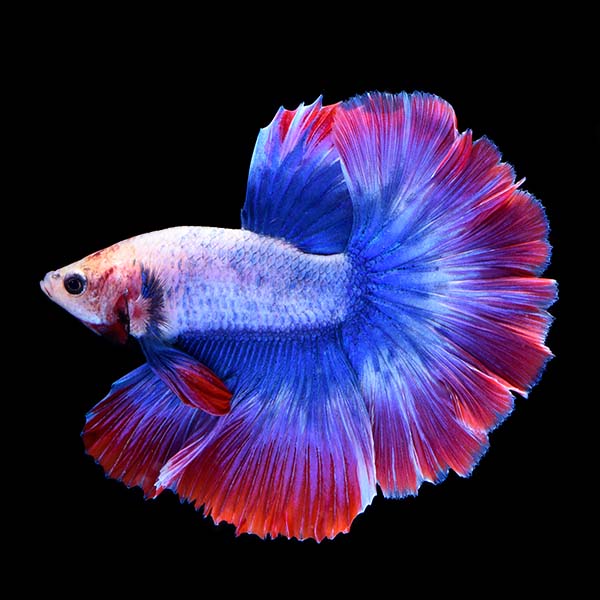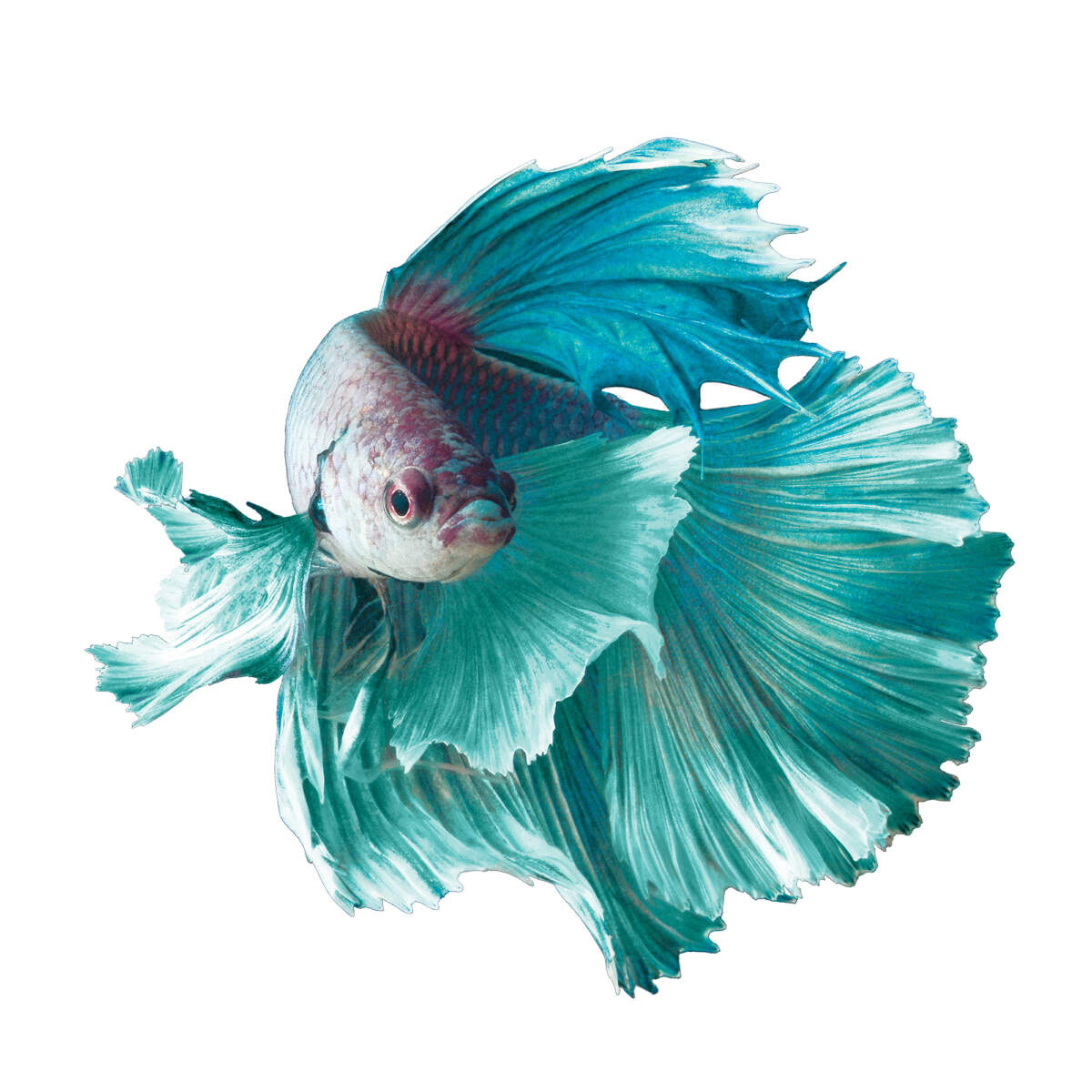Breeding Betta Fish: a Comprehensive Step-By-Step Overview to Successfully Raising Infant Bettas From Eggs to The Adult Years
Breeding Betta fish is a thorough venture that calls for careful preparation and execution to make sure the effective advancement of fry from eggs to develop fish. Picking genetically diverse reproduction couple with desirable attributes is just the start; developing an optimal atmosphere and understanding the complexities of the reproducing procedure are equally crucial. As the male Betta faithfully constructs a bubble nest and guards the valuable eggs, the succeeding phases of care and change need interest to information and expertise of finest practices. Exactly how does one browse the tough yet gratifying course of supporting these vivid animals to adulthood?

Picking Breeding Pairs
When starting the trip of reproducing Betta fish, selecting the right breeding sets is crucial to attaining preferable characteristics and a healthy and balanced family tree - betta fish. The primary step in this process is to identify the certain characteristics you wish to improve or preserve, such as color, fin type, and physique. It is important to choose genetically varied pairs to stay clear of inbreeding, which can result in wellness concerns and unfavorable qualities
Review prospective reproducing candidates meticulously. A healthy male Betta should exhibit vivid colors, an energetic attitude, and well-formed fins, while the female needs to additionally show vibrant coloration and a rounded stubborn belly, indicating preparedness for spawning. Observing the temperament of both fish is vital, as hostile or excessively reluctant people might not breed efficiently.
Documents of family tree is equally vital. Keeping records of the moms and dad fish's ancestry can assist you track hereditary characteristics and possible issues. Furthermore, consult trusted dog breeders or online resources for support on picking suitable pairs. Eventually, investing time in the option procedure will considerably improve the chance of generating strong, dynamic spawn that fulfill your reproduction goals (betta fish).

Preparing the Reproduction Tank
Developing an optimum reproduction environment is a key action after selecting ideal sets for Betta fish. The breeding storage tank should be especially created to offer convenience and promote the natural breeding actions of the fish. Start with a container dimension of at least 10 gallons to make certain appropriate space for both the male and female Bettas.
Maintain a mild filtering system to keep the water clean while staying clear of strong currents that can worry the fish. Additionally, an air rock can be contributed to supply oxygenation without disrupting the water surface area excessive.
Temperature level law is important; purpose for a stable series of 78-82 ° F(25-28 ° C) using a reliable heater. The pH degree need to be preserved in between 6.5 and 7.5, and routine water changes are necessary to ensure high water high quality.
Integrate drifting plants or spawning sponges to develop hiding areas for the woman, while additionally motivating bubble nest building by the man - betta fish. Ultimately, guarantee the container is complimentary from sharp decors and any possible dangers, as the well-being of the fish should constantly be focused on throughout this crucial stage of reproduction.
The Reproduction Refine
Typically, the breeding procedure for Betta fish involves a collection of distinct and evident behaviors that show preparedness for recreation. The male Betta starts by constructing a bubble nest at the water's surface area, which acts as a website for the fed eggs. This nest is vital, as it supplies a secure atmosphere for the eggs up until they hatch out.
When the nest is established, the male will certainly show courtship behaviors, such as flaring his fins and exhibiting vibrant shades to bring in the lady. The woman, upon noticing the male's preparedness, will respond by displaying upright red stripes along her body, signifying her receptiveness.
When the women techniques, the male participates in a mating dancing, often leading to a welcome called the "spawning." Throughout this embrace, the female releases her eggs, which the male fertilizes instantly. The fertilized eggs then are up to the bubble nest, where the male carefully accumulates and returns them to the nest. Following this, the male presumes responsibility for guarding the nest and making certain the security of the eggs until they hatch out, normally within 24-36 hours. This stage is critical in the reproducing process, laying the structure for successful fry development.
Taking Care Of Betta Fry
Caring for Betta fry requires cautious interest to their setting and nutrition to guarantee healthy and balanced development and advancement. After hatching, Betta fry are exceptionally tiny and at risk, necessitating a steady and tidy environment.
Feeding Betta fry is equally crucial. At first, they must be supplied infusoria or carefully smashed top quality fry food, as their mouths are as well little to deal with larger bits. As they expand, you can progressively present bigger foods, such as infant brine shrimp or powdered flakes, to ensure they get ample nourishment. Feed them percentages numerous times a day, taking care not to overfeed, which can bring about water top quality concerns.
Transitioning to Grownup Bettas
As Betta fry fully grown, transitioning them to adult Bettas is an essential stage that needs cautious management of their environment and social communications. This procedure usually begins when the fry get to around 6 weeks of age, at which point they can be progressively presented to a much more structured living environment.
To facilitate this transition, it is necessary to make sure that the water parameters-- such as temperature level, pH, and ammonia levels-- are ideal and stable. Grown-up Betta fish thrive in cozy water (around 78-80 ° F) with a pH of 6.5 to original site 7.5. Gradually accommodate the fry to these conditions to minimize tension.
Social interactions are another official source vital factor; man Bettas are infamously territorial and aggressive. Consequently, it is advisable to separate men into individual storage tanks as they develop. Women Bettas can be housed together, yet care must be required to keep track of for indicators of aggression.
Furthermore, nutritional changes need to be made as the fry grow. Integrate premium pellets and live foods to sustain their growth and health and wellness. By taking care of these factors successfully, you can advertise a successful shift to their adult years for your Betta fish.

Verdict
Effective reproduction of Betta fish needs cautious attention to detail throughout the whole procedure, from picking genetically diverse pop over to this web-site pairs to supplying ideal take care of fry. By making sure appropriate breeding conditions and maintaining water quality, the likelihood of healthy and balanced spawn boosts substantially. Furthermore, a balanced diet and steady adaptation to adult settings are vital for the growth and development of Betta fish. Adhering to these actions vigilantly fosters a growing population of Betta fish, enhancing both their health and wellness and vitality.
Comments on “How to Create the Perfect Betta Fish Habitat in your home”